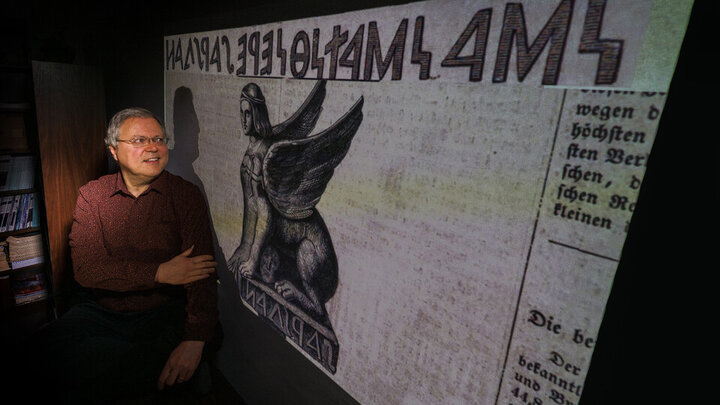For nearly two centuries, scholars have puzzled over an inscription of just 20 characters, cast upon an unusual bronze sphinx statue believed to have originated in Potaissa, a Roman Empire military base camp located in present-day Romania.
Peter Revesz, professor in the School of Computing and an expert in computational linguistics, recently made headlines in approximately 50 news articles from around the world when he solved the mystery.
“Lo, behold, worship! Here is the holy lion!” is his translation, revealed in the January issue of Mediterranean Archaeology and Archaeometry. Based on his experience using databases to compare and identify alphabet symbols and languages, Revesz concluded the inscription uses an archaic Greek alphabet to convey words in a proto-Hungarian language.




